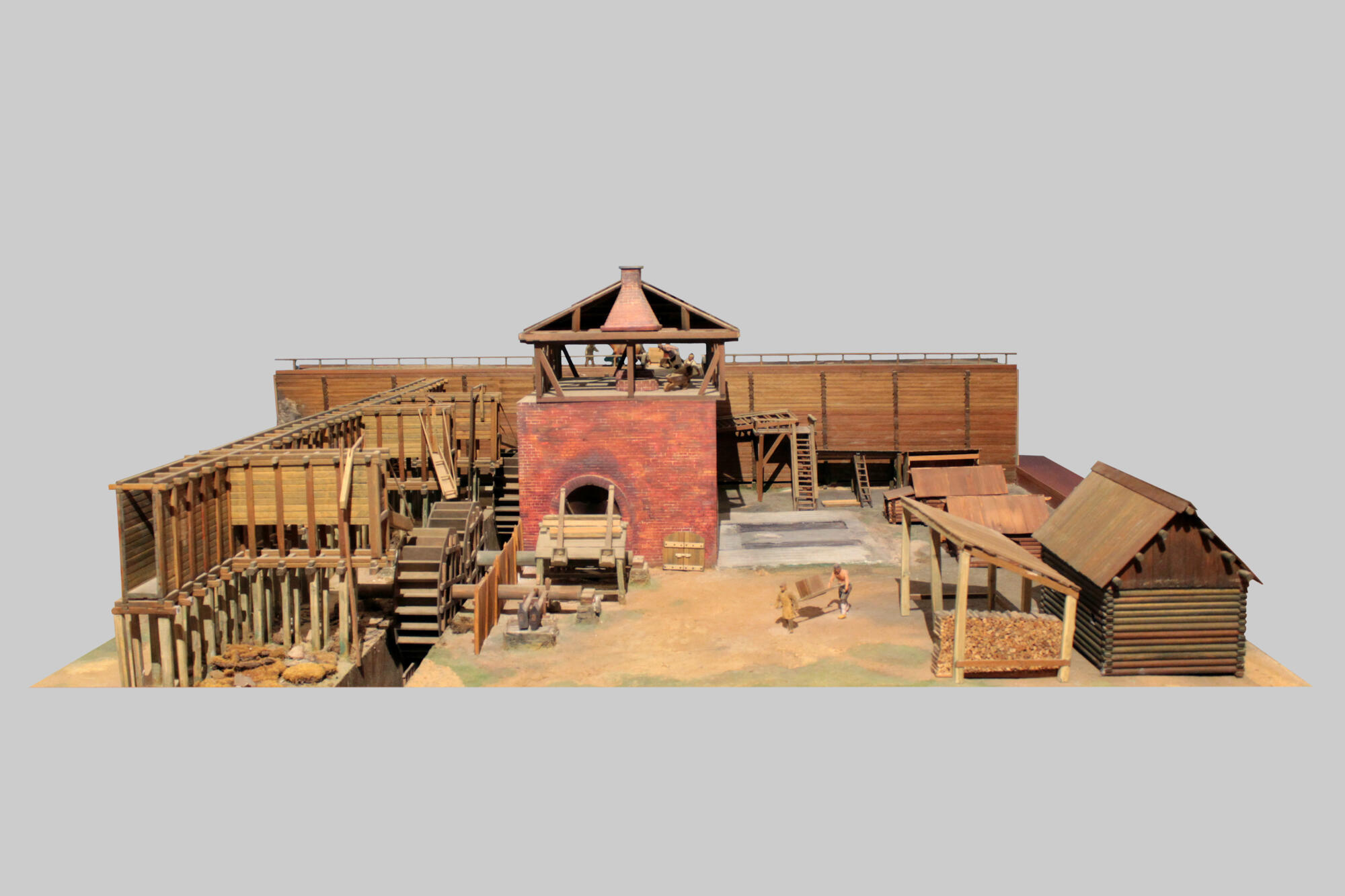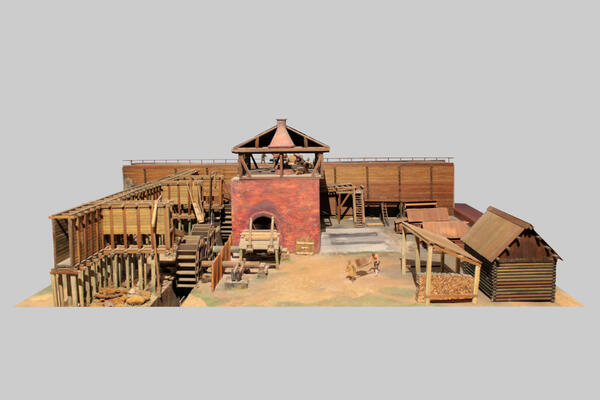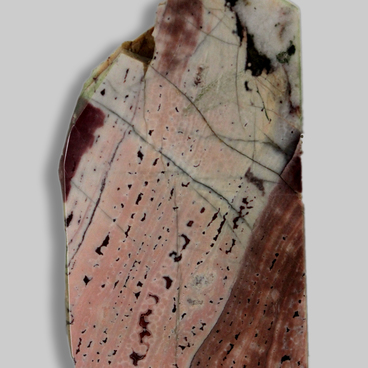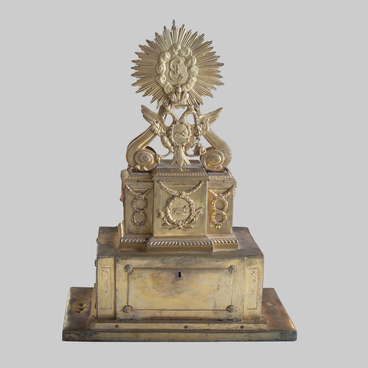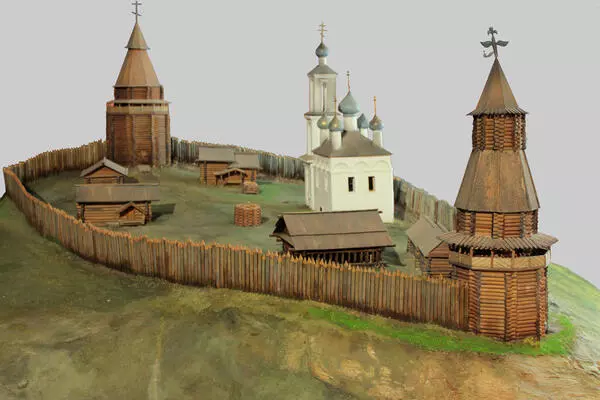The mining industry appeared in the Southern Urals later than in the Urals as a whole, starting in the 1740s, and had its own characteristics. Chiefly private factories were built here. Plants were built in wooded areas, on small rivers not far from the ore deposits. One of the very first deposits like this was the Bakal iron ore deposit, discovered by Petr Ryabov.
The history of the Katav-Ivanovskiy region is associated with the activities of the Simbirsk merchants Ivan Tverdyshev and Ivan Myasnikov. On September 25th, 1754, Tverdyshev petitioned the Berg Board, the governing board for the mining industry in Russia, to build an iron plant. On May 23rd, 1755, he was allowed to build a factory building on the banks of the Katav River. This year is considered the year that Katav-Ivanovsk was founded. In a short time, the partners built 14 factories in the Urals: 6 ironworks and 8 copperworks. The name Katav-Ivanovskiy plant comes from the name of the Katav River and the names of the plant’s founders. The first plant was called an “iron-driven, blast-furnace, and hammer plant for melting cast iron on two blast wheels, and for transferring cast iron to eight hammer wheels”. The first blast furnace was commissioned on October 10th, 1757.
The history of the Katav-Ivanovskiy region is associated with the activities of the Simbirsk merchants Ivan Tverdyshev and Ivan Myasnikov. On September 25th, 1754, Tverdyshev petitioned the Berg Board, the governing board for the mining industry in Russia, to build an iron plant. On May 23rd, 1755, he was allowed to build a factory building on the banks of the Katav River. This year is considered the year that Katav-Ivanovsk was founded. In a short time, the partners built 14 factories in the Urals: 6 ironworks and 8 copperworks. The name Katav-Ivanovskiy plant comes from the name of the Katav River and the names of the plant’s founders. The first plant was called an “iron-driven, blast-furnace, and hammer plant for melting cast iron on two blast wheels, and for transferring cast iron to eight hammer wheels”. The first blast furnace was commissioned on October 10th, 1757.
In the early years, in terms of product quality and productivity, the plant was the leading enterprise in the country, surpassing blast furnace production in Sweden and Great Britain. In the 1880s, a rail production facility was opened at the Katav-Ivanovskiy plant in which the Bessemer process to produce steel was first used. In this method, steel was made from liquid cast iron by blowing compressed air through it. This process was invented by Henry Bessemer, and the technology bore his name.
On the territory of the region in 1881, one of the first telephone lines in Russia was laid down, and operated for many years; it connected the factory settlements of Katav-Ivanovskiy, Ust-Katavskiy, and Yuryuzan-Ivanovskiy.
The exposition showcases a mock-up of an ironworks, the land allotment plans, and a book with cadastral maps for the Voskresenskiy Plant. The exposition’s ensemble of genuine exhibits, replicas, and a mock-up of a blast furnace and a forge shop allows demonstrating the entire production process and the final products, the items made by these factories.
On the territory of the region in 1881, one of the first telephone lines in Russia was laid down, and operated for many years; it connected the factory settlements of Katav-Ivanovskiy, Ust-Katavskiy, and Yuryuzan-Ivanovskiy.
The exposition showcases a mock-up of an ironworks, the land allotment plans, and a book with cadastral maps for the Voskresenskiy Plant. The exposition’s ensemble of genuine exhibits, replicas, and a mock-up of a blast furnace and a forge shop allows demonstrating the entire production process and the final products, the items made by these factories.
